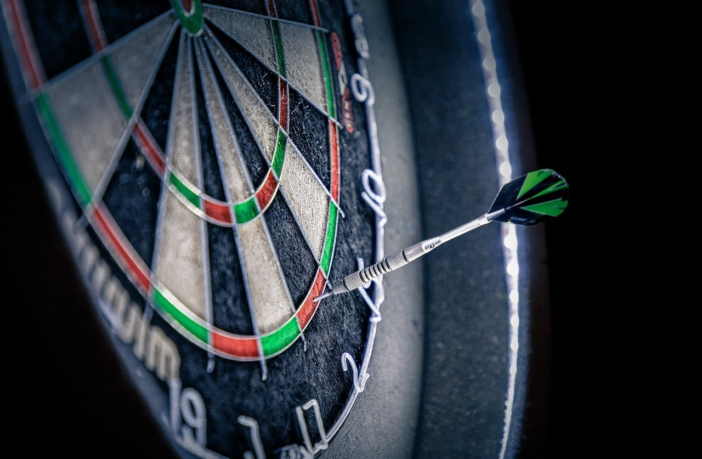Darts has grown in popularity as a betting sport, offering a wide range of markets for punters to explore. Unlike traditional match-winner bets, the set, leg, and checkout markets provide unique opportunities to find value and make consistent profits. In this guide, we’ll break down the key betting markets in darts and how to develop a winning strategy.
Understanding Darts Betting Markets
1. Set Betting
Set betting involves wagering on the number of sets a player will win or the exact scoreline in a match. Since most major tournaments use a best-of format, understanding a player’s consistency over a longer match is crucial. Key factors to consider include:
- Player stamina – Some players perform better in short-format matches, while others excel in longer contests.
- Head-to-head records – Historical matchups can provide insight into likely set scores.
- Tournament format – Some players thrive in shorter formats, while others dominate in longer matches.
2. Leg Betting
Leg betting focuses on individual legs within a match. Common leg markets include:
- Most legs won – Betting on which player will win the most legs in a match.
- Handicap markets – Giving one player a leg advantage or disadvantage.
- Over/Under total legs – Predicting whether the total legs played in a match will go over or under a specified number.
Leg betting is particularly useful in matches where both players are evenly matched but one has a slight consistency edge.
3. Checkout Markets
Checkout markets are among the most exciting in darts betting. These include:
- Highest checkout – Betting on which player will achieve the highest checkout in a match.
- Over/Under checkout totals – Predicting whether a player will hit a checkout over or under a specified number (e.g., 120.5).
- First player to hit a 100+ checkout – A bet on which player will achieve this milestone first.
Checkout betting is heavily influenced by a player’s finishing ability and composure under pressure.
Winning Strategies for Darts Betting
1. Analyse Player Form and Statistics
Before placing bets, research recent player performances, including:
- Three-dart average (TDA)
- Checkout percentages
- First nine-dart average (early leg performance)
- Head-to-head history
2. Consider Playing Style
Players have different strengths and weaknesses. Some are power scorers who dominate early legs, while others rely on clinical finishing. Identifying these traits can help in selecting the right markets.
3. Look for Value in the Odds
Rather than betting on favourites, identify instances where bookmakers may have mispriced odds. Markets like most 180s, highest checkout, and over/under leg totals often provide value.
4. Utilize Live Betting
Darts offers excellent in-play betting opportunities. Watching a match live allows bettors to gauge momentum shifts and identify potential betting angles, such as:
- A player struggling with doubles
- Fatigue affecting a player’s consistency
- A high-scoring player finding their rhythm
5. Bankroll Management
As with all betting, proper bankroll management is key. Stick to a staking plan, avoid chasing losses, and focus on long-term profitability rather than short-term wins.
Final Thoughts
Darts betting is an exciting and potentially profitable venture when approached with strategy and research. By understanding set, leg, and checkout markets, and applying data-driven analysis, you can gain an edge over bookmakers and improve your betting success.





